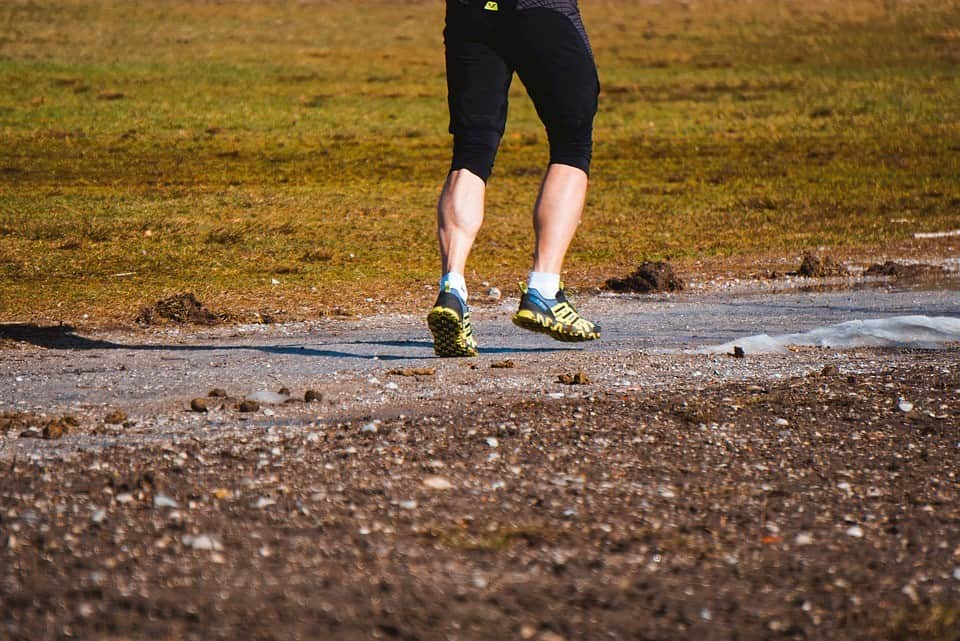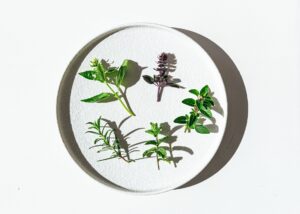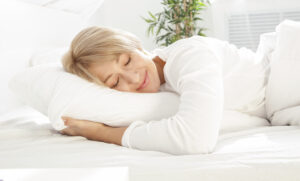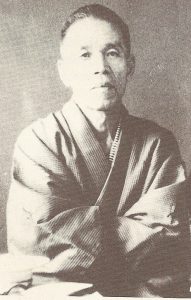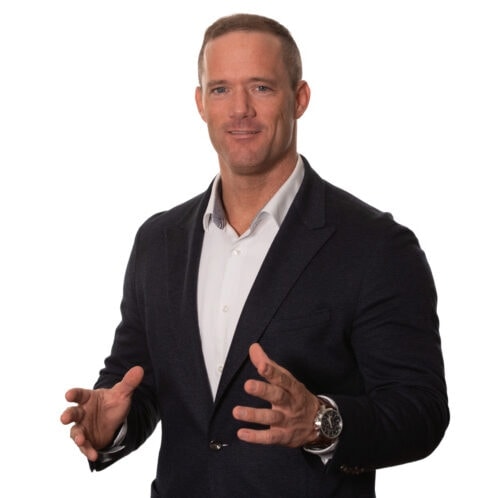What is the muscle pump?
The muscle pump is important for transporting venous blood back to the heart. It is – especially in the legs – the driving force for the venous part of the blood circulation. Whenever we tense our muscles, they squeeze the veins running between them and the blood is forced toward the heart. The large veins run deep in the muscles. When we move, the muscle belly forms, which acts on the veins like a pump. The pressure causes the blood to be pumped upward because the venous valves prevent the blood from flowing back.
What strengthens the muscle pump?
Strength training in the fitness center on machines, cycling, swimming, hiking, walking, running, but also walks have a relieving effect. In the office, you should take every opportunity to move. So get up more often, use the stairs instead of the elevator if possible, or take a walk during your lunch break.
Muscle pump while sitting: Everyone should ideally perform vein gymnastics exercises every day. This is very easy to do and can be done in many situations, such as during breaks at work or at home while watching TV:
- Sit upright on the front third of the chair, tilt the pelvis forward, both feet are on the floor. Now lift and lower the heels alternately. Keep the tip of the foot on the ground.
- Alternately lift one foot and then put it back on with the whole sole of the foot. Become faster in the movement, as if you wanted to walk (“tap”) very fast on the spot (while sitting!).
- Stretch one leg and pull the tip of the foot. Tilt the upper body forward. This will stretch both the calf and the back of the thigh.
What is a calf muscle pump?
The muscle calf pump is a type of pump that is operated by muscle power. There are several muscle pumps in our body that are needed to transport or pump venous blood back to the heart. Especially in the legs, the muscle pump is responsible for driving the blood circulation in the veins. Accordingly, the calf muscle pump is the muscle pump in the calf.
The importance of movement
During movement, the so-called muscle belly (the swelling of a skeletal muscle between its origin and attachment) acts like a pump, because the pressure of the muscle causes the blood to be pumped upwards. Without movement, however, little or nothing would happen in the veins, because every muscle movement alternately exerts a pressure or a suction effect on the veins. If the force – whether pressure or suction – on the veins were missing, the heart would have to work extremely hard and pump both the arterial blood and the venous blood through the entire body.
In other words: a muscle pump only works properly if it is activated by movement.
Osmosis processes! Kieser Training provides a vivid explanation:
“Movement alone nourishes the cartilage, which itself lacks blood vessels. Movement pumps nutrients into the cartilage via the synovial fluid and transports waste products out. It keeps the chondrocytes (cartilage cells) young. If you stop moving, the elasticity of the cartilage decreases, fine cracks form, the surface becomes rough. And the cartilage grinds away until the bones grind together. That’s called osteoarthritis.”
So what joints need are gentle pumping movements.
Muscle pump and varicose veins
If the elasticity of the vascular walls decreases or the venous valves are damaged, the blood can no longer flow out of the veins properly and the blood backs up. In the long run, this overstretches the vessel walls and they sag. This is how varicose veins develop. Not everyone will develop varicose veins, but connective tissue weaknesses due to poor diet and lifestyle or hormonal changes, for example during pregnancy, can promote the development of varicose veins.
Especially movement that stimulates the calf muscles will support the calf muscle pump and can thus counteract the formation of varicose veins. In addition, wearing support stockings or compression stockings can compress the leg veins and support their natural return function.

